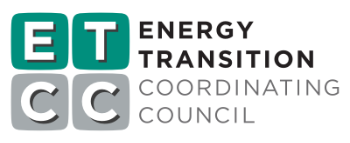Project Info
COMPLETE
Project Title
High Efficiency Refrigerated Display Case
Project Number ET23SWE0056 Organization SWE (Statewide Electric ETP) End-use Process Loads Sector Commercial Project Year(s) 2023 - 2025Project Results
This report is the market potential study and technology performance assessment of high efficiency, liquid-cooled, low-greenhouse-warming-potential (GWP), self-contained, medium-temperature, refrigerated display cases with advanced controls. The main objectives of this report are to quantify the energy use of these cases and to use the results to develop a building energy model to quantify the whole-building energy implications of using liquid-cooled cases. The results from the market study and assessment help to quantify energy use and opportunities for small (< 8,000 square feet) and large (> 8,000 square feet) grocery stores to transition to low-GWP refrigerants using micro-distributed systems (MDS). The recommendations provided in this study can be used to inform California investor-owned utility (IOU) energy efficiency programs to increase the adoption of high efficiency, liquid-cooled, self-contained, low-GWP refrigerated cases. Commercially available, these cases can play an instrumental role in achieving California’s energy efficiency and greenhouse gas reduction targets.
Project Report Document
Loading PDF Preview...
